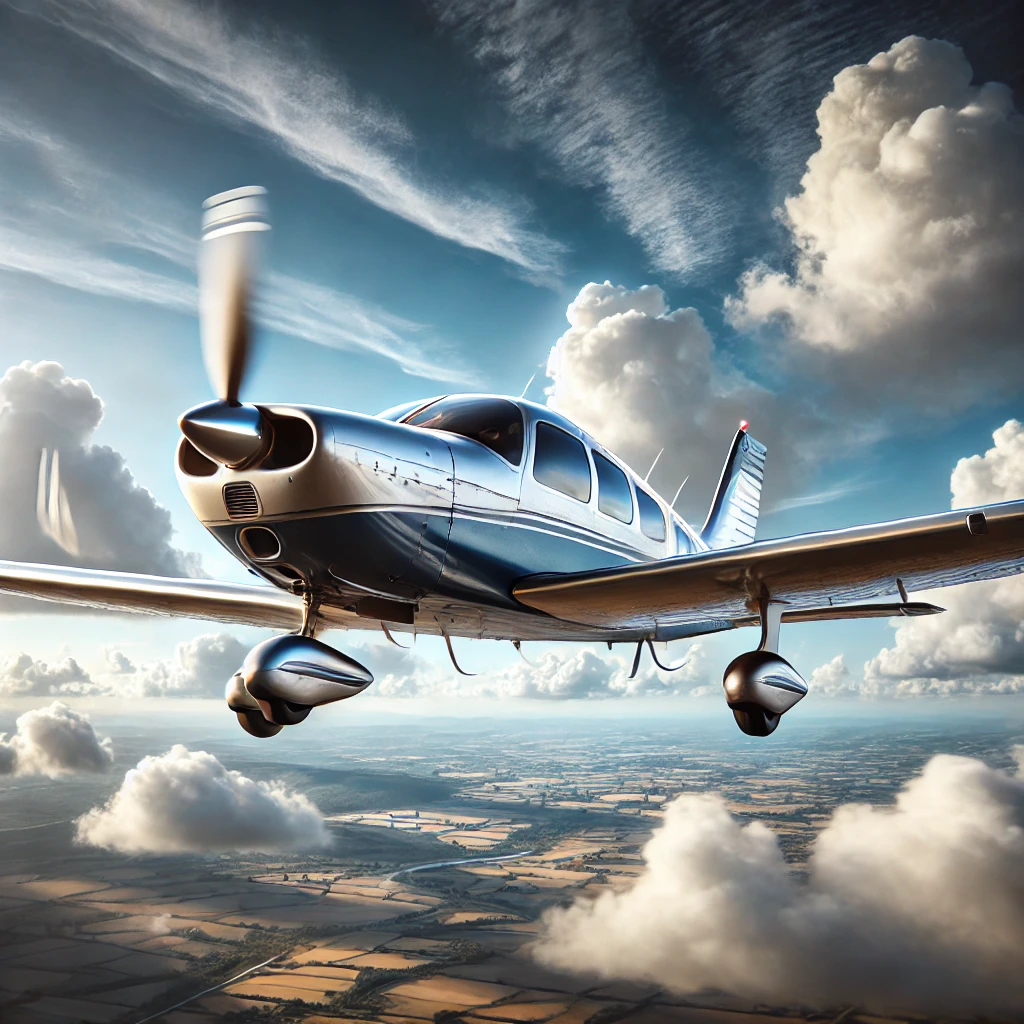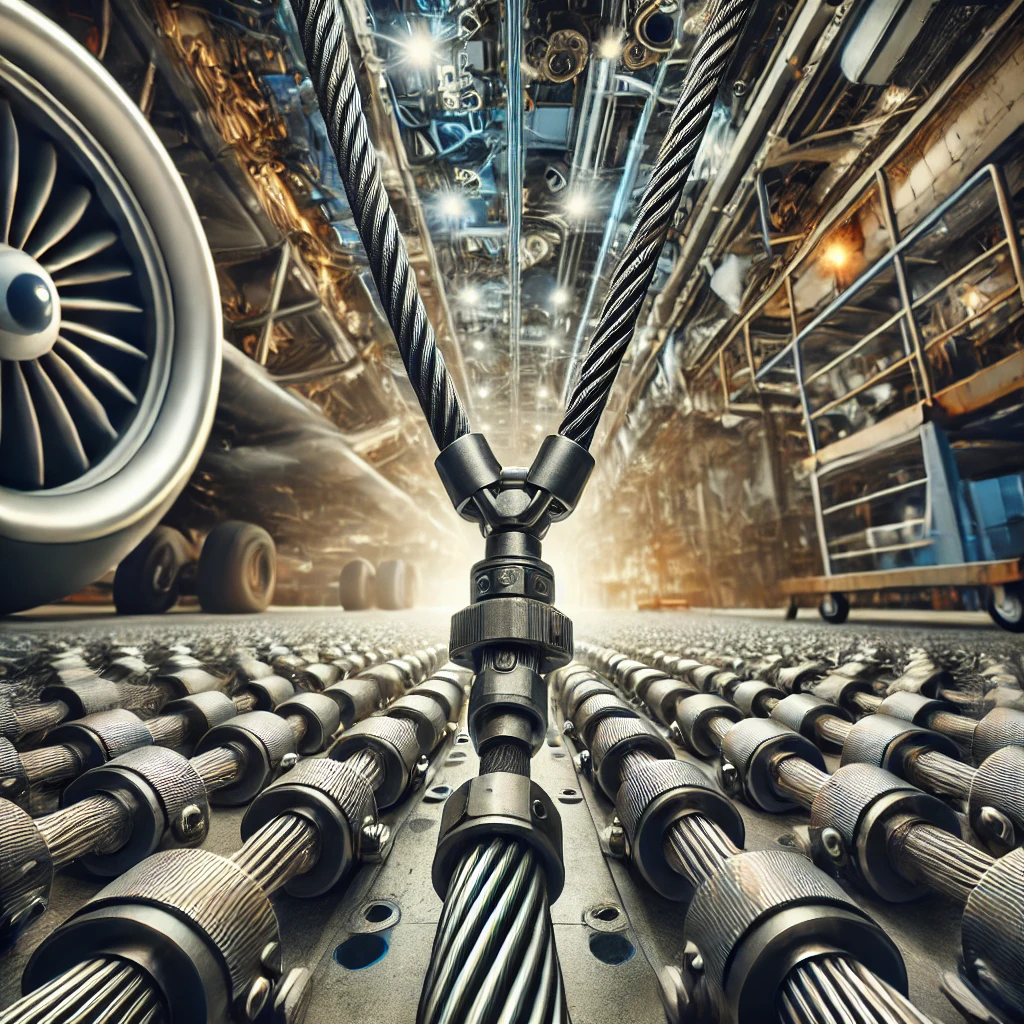As we soar into a new era of aviation, the skies are buzzing with innovation and possibilities. For over 80 years, Piper Aircraft has been synonymous with excellence in general aviation, crafting iconic planes that have taken pilots from bustling cities to remote landscapes.
But as technology advances at breakneck speed and sustainability takes center stage, what does the future hold for this legendary manufacturer?
Join us on an exciting journey through the clouds as we explore how Piper is navigating emerging trends like electric propulsion, autonomous flight systems, and advanced materials—transforming not just their aircraft but the entire flying experience. Buckle up; it’s going to be an exhilarating ride!
Introduction to Piper Aircraft and its History
Piper Aircraft has long been a cornerstone of the aviation world, known for its commitment to quality and innovation. Founded in 1927, Piper has built a legacy that resonates with pilots and enthusiasts alike.
From the iconic J-3 Cub to modern aircraft like the M600, their planes have captured hearts and imaginations across generations.
As we look towards the horizon, one can’t help but wonder: what does the future hold for this illustrious company? With rapid advancements in technology and shifting trends within the aviation industry, Piper Aircraft stands at a pivotal moment.
The sky is changing—and so is Piper’s role in it. Let’s explore what lies ahead for this storied manufacturer as they navigate new challenges and embrace exciting innovations on their journey into tomorrow.
Current State of the Aviation Industry
The aviation industry is undergoing a significant transformation. After the disruptions caused by the pandemic, recovery is in full swing. Airlines are ramping up operations, and travel demand is rebounding.
Technological advancements continue to reshape how we fly. Innovations like improved navigation systems and enhanced air traffic management are becoming commonplace.
Sustainability has emerged as a priority. Companies are exploring eco-friendly fuels and more efficient aircraft designs to reduce carbon footprints.
However, challenges persist. Supply chain issues have affected production timelines while labor shortages create hurdles for airlines striving to meet rising passenger numbers.
Regulatory changes also influence operations. Governments worldwide are pushing for stricter emissions standards, prompting manufacturers to adapt rapidly.
In this evolving landscape, companies like Piper Aircraft must navigate these dynamics carefully while embracing new opportunities for growth and innovation.
Challenges Faced by Piper Aircraft
Piper Aircraft has navigated a series of challenges in recent years. The competitive landscape of the aviation industry continues to intensify. With numerous players vying for market share, differentiation becomes crucial.
Supply chain disruptions have posed significant hurdles. Global events and economic fluctuations often impact the availability of essential components, leading to delays in production and delivery.
Regulatory pressures also weigh heavily on Piper. Adapting to evolving safety standards requires constant innovation and investment, which can strain resources.
Additionally, changing consumer preferences play a role. As pilots seek more environmentally friendly options, manufacturers like Piper must rethink their strategies.
Lastly, talent acquisition remains an ongoing concern. Attracting skilled engineers and technicians is vital for maintaining quality while fostering new ideas in aircraft design and technology advancements.
Innovations and Advancements in Technology for Aircrafts
The aviation sector is witnessing a technological renaissance. Innovations are reshaping how aircraft operate and interact with the environment.
One standout advancement is the integration of smart cockpit technologies. These systems enhance pilot decision-making through real-time data analytics, increasing efficiency and safety.
Another significant leap comes from materials science. Aircraft manufacturers are now using lighter, stronger composites, which improve fuel economy and performance without compromising durability.
Moreover, digital twin technology allows for better predictive maintenance. By creating virtual replicas of aircraft systems, engineers can analyze conditions in real time to anticipate issues before they arise.
Artificial intelligence also plays a crucial role. It optimizes flight paths and manages traffic in busy airspaces more effectively than ever before.
As these innovations continue to evolve, they promise to redefine standards across the entire aviation industry. The future looks bright for those ready to embrace change.
Potential Future Developments for Piper Aircraft
Piper Aircraft stands on the brink of several transformative advancements. Electric and hybrid engines are gaining traction in aviation, promising lower emissions and reduced operational costs. This shift could redefine how Piper designs its fleet.
Autonomous flight capabilities present another frontier. These technologies could enhance safety by minimizing human error while also making flying more accessible to a wider audience.
Sustainable materials will likely play a significant role in future designs. Using eco-friendly resources can significantly reduce the environmental footprint of manufacturing processes.
Additionally, improved safety features are always at the forefront of aircraft development. Enhanced navigation systems and advanced collision avoidance technology can provide peace of mind for pilots and passengers alike.
These potential developments signal an exciting chapter for Piper Aircraft as it seeks to innovate within an ever-evolving industry landscape.
Electric and Hybrid Engines
The aviation industry is witnessing a remarkable shift towards electric and hybrid engines. For Piper Aircraft, this transition represents both an opportunity and a challenge.
Electric engines promise to reduce emissions significantly. They offer cleaner flight options that align with global sustainability goals. These advancements could transform the flying experience by making it quieter and more efficient.
Hybrid engines combine traditional power sources with electric technology. This approach enhances fuel efficiency while maintaining performance levels expected from conventional aircraft. Piper Aircraft stands poised to capitalize on these innovations by integrating them into its fleet.
Research is ongoing in battery technology as well. Improved energy storage solutions will play a critical role in extending flight ranges for electric models. As these technologies evolve, they can redefine what we consider possible in personal and commercial aviation.
Piper’s commitment to innovation positions the brand at the forefront of this exciting development phase within the aviation sector.
Autonomous Flight Capabilities
Autonomous flight capabilities are poised to transform the aviation landscape. For Piper Aircraft, this technology represents a leap towards enhanced safety and efficiency.
Imagine aircraft that can take off, navigate, and land without constant human intervention. This isn’t just a futuristic dream; it’s becoming a reality. With advancements in AI and machine learning, planes can learn from their surroundings and adapt in real-time.
Piper Aircraft is likely exploring ways to integrate these systems into their models. The potential for reducing pilot workload while maintaining control is significant. It could also pave the way for new use cases in commercial aviation.
Moreover, autonomous features could improve route optimization, leading to fuel savings and reduced emissions. As regulations evolve around unmanned flight operations, Piper may find itself at the forefront of this groundbreaking shift in how we think about flying.
Sustainable Materials and Design
Sustainable materials are becoming crucial in the aviation sector. Piper Aircraft is looking to innovate by incorporating eco-friendly options into their designs. By utilizing materials that reduce environmental impact, they can enhance performance while being mindful of our planet.
Bio composites and recycled metals are gaining traction within aircraft manufacturing. These alternatives not only lower weight but also diminish carbon footprints during production. Additionally, using sustainable sources contributes positively to brand reputation.
Design practices are evolving too. Aerodynamic shapes optimized for fuel efficiency mean less waste overall and better performance metrics for Piper Aircraft’s fleet.
Investing in research on sustainable design principles will ensure a forward-thinking approach, setting Piper apart from competitors. Embracing this shift aligns with global trends towards eco-sensitivity in all industries, including aviation.
Improved Safety Features
Safety in aviation has always been a top priority, and Piper Aircraft is making strides to enhance this crucial aspect. The company continuously invests in research and development to integrate advanced safety features into its aircraft.
One significant area of focus is the implementation of cutting-edge avionics systems. These systems provide pilots with real-time data on weather conditions, air traffic, and potential hazards. With improved situational awareness, pilots can make informed decisions during flights.
Additionally, enhanced structural integrity through rigorous testing ensures that Piper planes withstand diverse flying conditions. This approach not only safeguards passengers but also boosts confidence among operators.
Moreover, innovations like terrain awareness warning systems help prevent controlled flight into terrain (CFIT) incidents. By alerting pilots about nearby obstacles or changes in elevation, these tools significantly reduce risks associated with landings and takeoffs.
Piper Aircraft’s commitment to safety reflects its dedication to pushing the boundaries of what’s possible in aviation technology.
Impact on the Aviation Industry and Environment
The future of Piper Aircraft promises to reshape the aviation landscape significantly. As innovators in light aircraft manufacturing, their advancements will set new standards for performance and sustainability.
Electric and hybrid engines could reduce carbon emissions dramatically. This shift not only benefits the environment but also aligns with global initiatives aimed at combating climate change.
Moreover, incorporating sustainable materials into design processes can minimize waste. A focus on eco-friendly practices may lead to a more responsible aviation industry overall.
Safety features are evolving too. Enhanced technologies like real-time monitoring systems can prevent accidents before they occur, fostering a safer flying experience for all passengers.
As Piper Aircraft continues to push boundaries, it influences broader industry trends toward greener and smarter aviation solutions. The ripple effect of these changes is likely to encourage other manufacturers to follow suit, sparking innovation across the sector.
Conclusion: The Exciting Future Ahead for Piper Aircraft.
The future of Piper Aircraft is brimming with potential. With a rich history in aviation, this manufacturer has weathered many storms and emerged stronger each time. The current landscape presents both challenges and opportunities that could redefine its trajectory.
Innovations such as electric and hybrid engines promise to reshape the industry, making flight more sustainable than ever before. Autonomous flight capabilities are no longer just concepts from science fiction; they’re on the horizon, ready to transform how we think about flying. Sustainable materials will become staples in aircraft design, reflecting a growing commitment to environmental responsibility.
Safety features continue to evolve too, ensuring that every journey is not only enjoyable but secure for pilots and passengers alike. These advancements can significantly alter public perception of general aviation while contributing positively to our planet.
As Piper Aircraft moves forward, it stands at the precipice of change—an exciting time where innovation meets tradition. Enthusiasts and professionals alike should keep an eye on what’s next for this iconic brand; there’s much more ahead than simply keeping pace with trends—it’s about leading them into uncharted skies.




